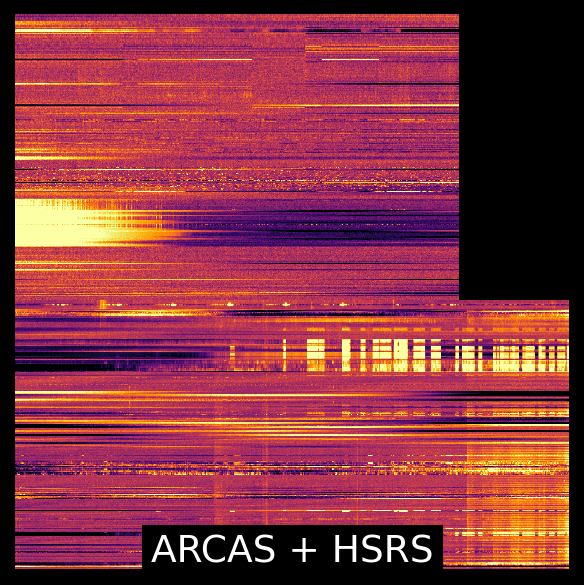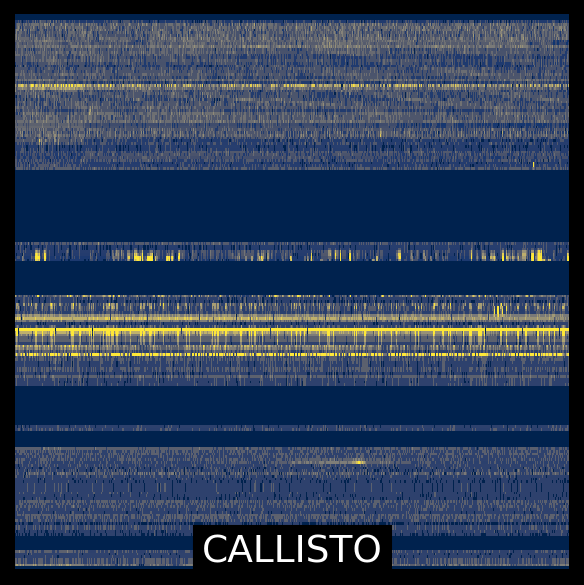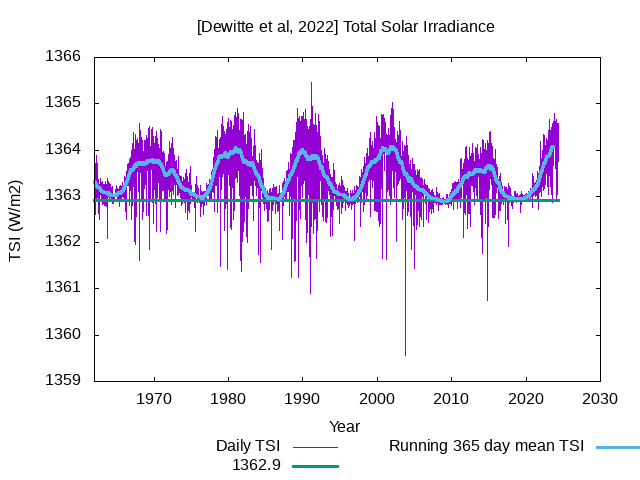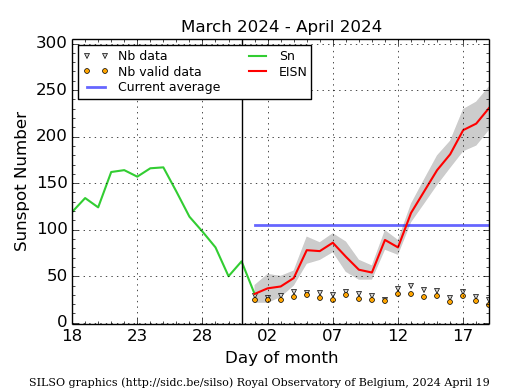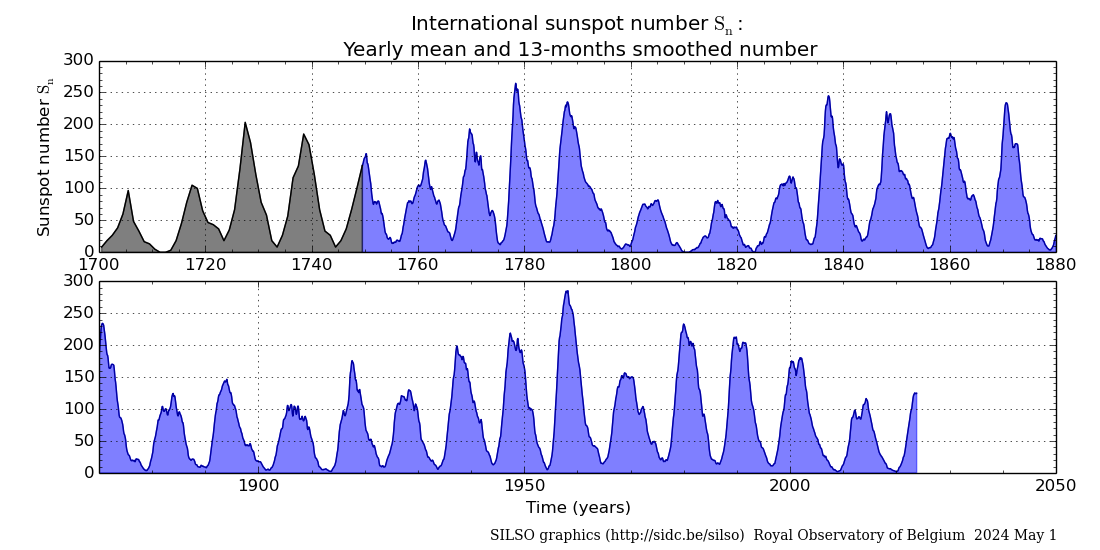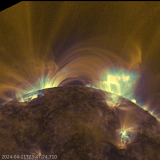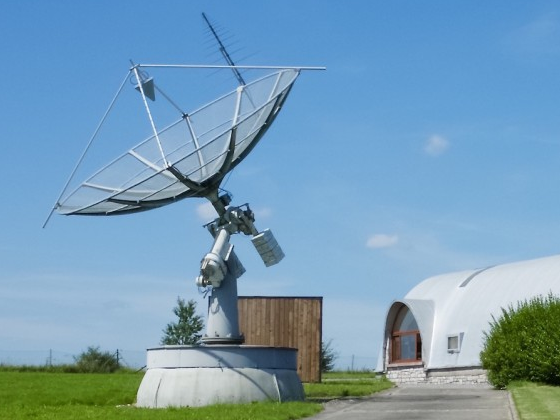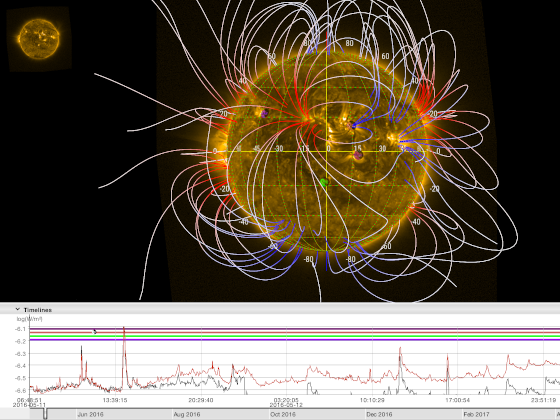Solar flaring activity was at moderate level, with multiple C-class flares and three M-class flares recorded in the past 24 hours. The largest flare of the period was an M2.2 flare, peaking at 02:32 UTC on Apr 18, associated with NOAA AR 3643 (beta class). This region also produced two further M-class flares (M1.6 and M1.3 peaking at 22:08 UTC on Apr 17 and 07:37 UTC on Apr 18, respectively). NOAA AR 3639 is currently the largest and most complex region on disk (Beta-Gamma-Delta), but produced only low level C-class flares. Low flaring activity was also produced by NOAA AR 3638 (beta class) and NOAA AR 3645 (beta-gamma class). NOAA AR 3633 and NOAA AR 3634 are expected to rotate over the west limb in the next day. Other regions on the disc have simple configuration of their photospheric magnetic field (alpha and beta) and did not show any significant flaring activity. The solar flaring activity is expected to be at moderate levels over the next 24 hours, with M-class flares possible and a chance for X-class flare.
A small filament eruption occurred in the southeastern quadrant from around 18:36 UTC on Apr 16, the associated coronal mass ejection (CME) appears narrow and slow and is not expected to arrive to Earth. Another filament eruption was observed in the northern quadrant, first seen in SDO/AIA 304 at around 01:16 UTC on Apr 17. An associated CME can be seen in SOHO/LASCO-C2 from 02:36 on Apr 17. The CME is judged to be too narrow to reach Earth.
Multiple CMEs, directed towards south-east from the Earth's perspective, were observed in SOHO/LASCO-C2 starting from approximately 17:16 on Apr 17, likely related to the flaring activity from NOAA AR 3638 and 3643. Further analysis is on-going to investigate if these CMEs have Earth directed components. No other Earth-directed CMEs have been detected
in the available coronagraph imagery over the past 24 hours.
A small negative polarity equatorial coronal hole has transited the central meridian today, on Apr 18.
Over the past 24 hours the greater than 10 MeV GOES proton flux was at nominal levels and is expected to remain so with
possible enhancements in case of increased levels of solar activity over the next days.
The greater than 2 MeV electron flux, as measured by the GOES-16 satellite, remained below the 1000 pfu threshold. It is
expected to remain below the threshold during the next 24 hours. The 24 hour electron fluence was at normal levels and is expected to remain at these levels for the following 24 hours.

